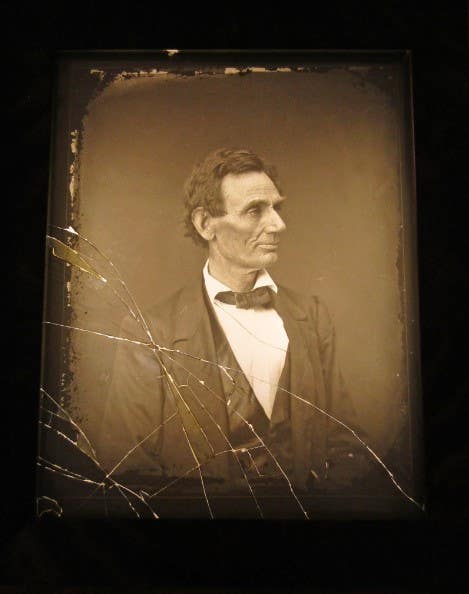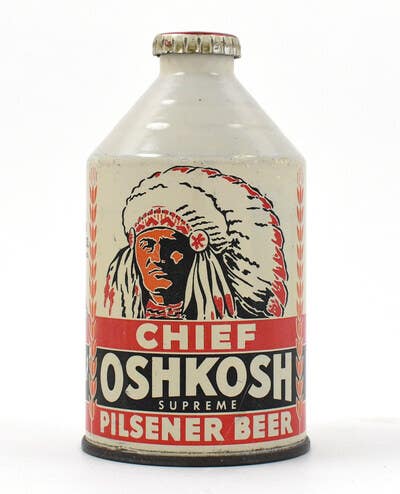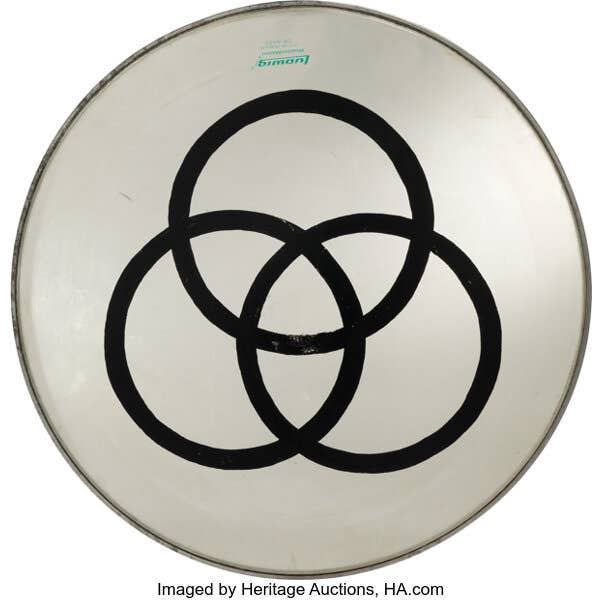Hundreds of Old Beer Bottles Found
Archaeologists in England discover more than 600 beer bottles at the site of an old Victorian brewery that contain dangerous concentrations of lead.
LEEDS, England — Archaeologists in Leeds, England, recently discovered more than 600 beer bottles at the site of an old Victorian brewery. Stacked neatly beneath a cellar staircase, the beer inside these 19th-century bottles contains dangerous concentrations of lead.
The bottles were found beneath the remains of what used to be the Scarborough Castle Inn, in the cellar of the old Tetley Brewery, reports The Drinks Business.
Archaeological Services WYAS is in the midst of investigating this part of Leeds as developers prepare for the construction of a residential neighborhood, according to the Yorkshire Evening Post. The Tetley brewery dates back to the Victorian area, but the site itself dates as far back as England’s medieval era.
The bottles likely date to the 1880s, David Williams, senior project manager for Archaeological Services WYAS, told The Drinks Business. A variety of brands were identified in the stack of bottles, but most were labelled “J. E. Richardson of Leeds.”
Many of the bottles still contained liquid, which the archaeologists initially assumed was ginger beer, according to the group’s Facebook page. Samples of the liquid were sent to West Yorkshire Joint Services for analysis.
“Remember those bottles that we found? Well the analysis has come back!” the archaeology group wrote in a March 20 Facebook post.
The liquid was not ginger beer as presumed, but actual beer that was found to contain high levels of lead.
The test found a pH of 5.07 (indicating acidity), an alcohol content of 3 percent (a similar amount to light beer), and “no traces of most heavy metal with the exception of lead!” according to the group. The lead concentration was measured at 0.13 mg/l, which is way above the maximum acceptable level of 0.01 mg/l established by the World Health Organization.
“This beer would have been detrimental to health,” the group wrote on social media. “We suspect that this will be a result of water coming from lead pipes.”
And this water, of course, was used to make the beer. Lead pipes were most certainly used in England during the Victorian era (and also in the United States), but it was around this time that people finally started to wise up to the perils of excess lead in drinking water.
High concentrations of lead can introduce a variety of health problems, which can vary depending on age. The U.S. Centers for Disease Control and Prevention say excess lead consumption in children can lead to behavioral and learning problems, lower IQ, hyperactivity, slowed growth, and anemia. In adults, it can lead to cardiovascular problems, weakened kidneys, and fertility problems in both women and men. It’s especially dangerous for pregnant women, as lead can affect the development of the fetus and cause preterm births, according to the CDC.
As for the hundreds of bottles uncovered at the site, the developer of the future neighborhood will put them on display at the site of the former Tetley’s Brewery, reports The Drinks Business.








